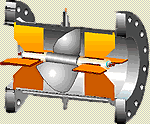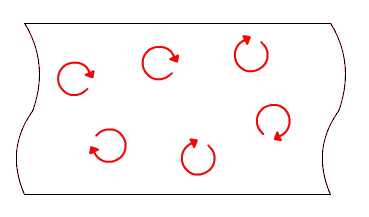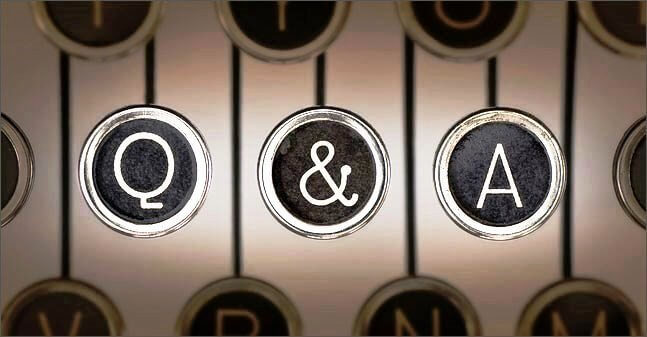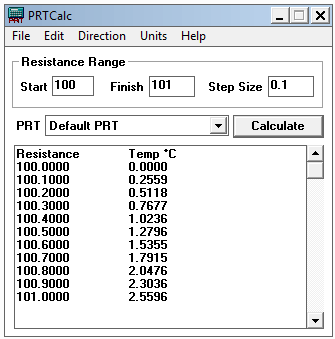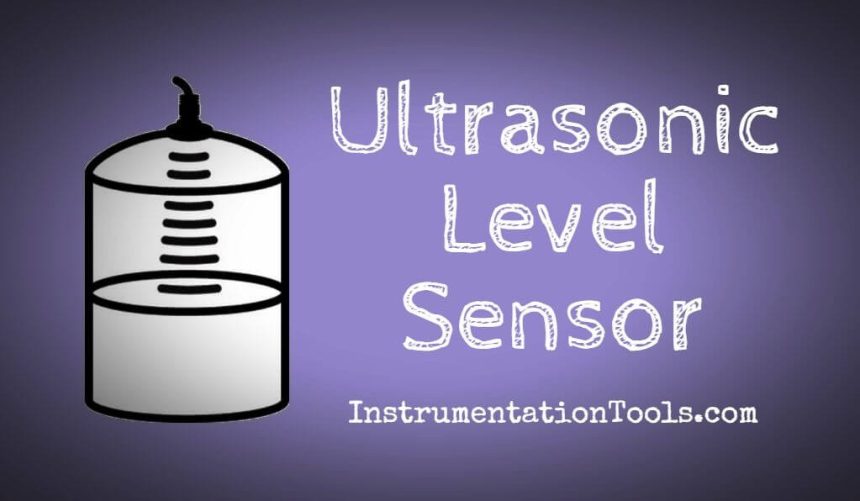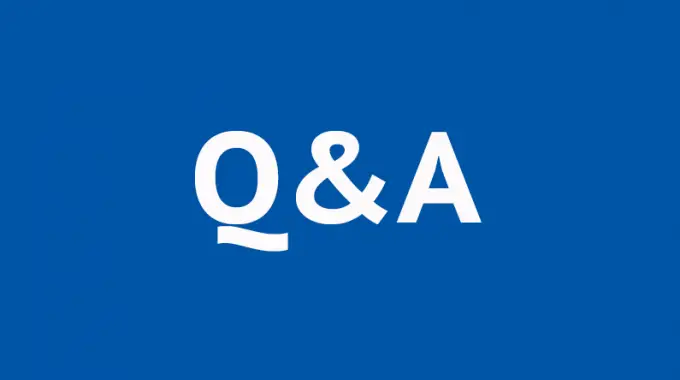Basic Electrical Engineering Interview Questions Answers
Define luminous flux It is defined as the total quantity of light energy emitted per second from a luminous body. It is represented by symbol F and is measured in…
Induction Motor Interview Questions & Answers
How does the Induction motor work? (OR) Why does the Rotor rotate? When the 3 phase stator windings are fed by 3 phase supply, a magnetic flux of constant magnitude…
Turbine Flow Meter – Principle, Advantages, Disadvantages
The turbine flow meter sends the liquid through a rotor causing it to rotate at an angular velocity proportional to the fluid flow rate.
Power System Interview Question and Answers
What is meant by synchronous condenser? An over excited synchronous motor running on no load is known as synchronous condenser. It is used to improve the power factor of the…
Eddy Current Working Principle Animation
Eddy currents are currents induced in conductors, when a conductor is exposed to a changing magnetic field due to relative motion of the field source and conductor; or due to…
Interview Questions & Answers on Alternators
What is the general system requirements of alternator? For the generation of emf, there should be two basic systems. (i) magnetic field system to produce the magnetic field (ii) Armature…
RTD Calculator Software
PRTCalc is a utility for those involved with PT100 platinum resistance thermometers. It allows for the accurate conversion of resistance to temperature or temperature to resistance. PRTCalc is a small…
Ultrasonic Level Measurement Questions and Answers
Ultrasonic level measurement sensors basically works with sound waves for detection of liquid level. They usually work over the frequency range between 20 kHz to 200 kHz. Read the following Ultrasonic…
Electrical Engineering Interview Questions
What are the two types of SRM? (i) Rotary SRM (ii) Linear SRM what are the types of rotor position sensors in SRM? (i) Optical sensor (ii) Hall sensor Mention…
Power Electronics Interview Questions & Answers
What is full converter? What is dual converter? Full converter: When positive as well as negative half cycles of the supply are rectified, it is called full converter. Dual converter:…


